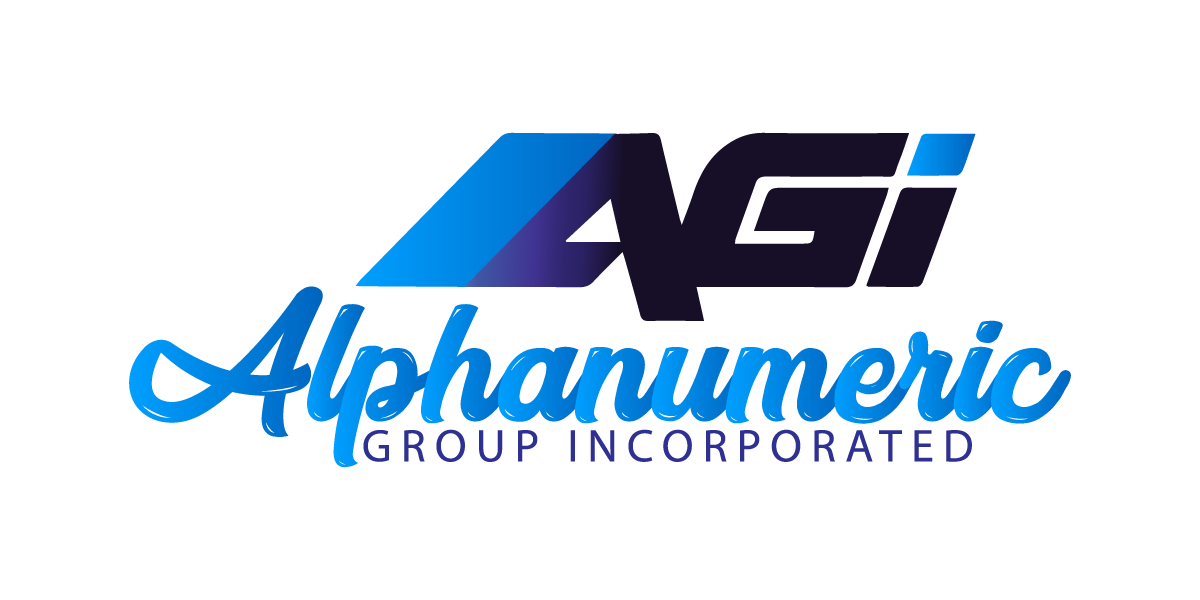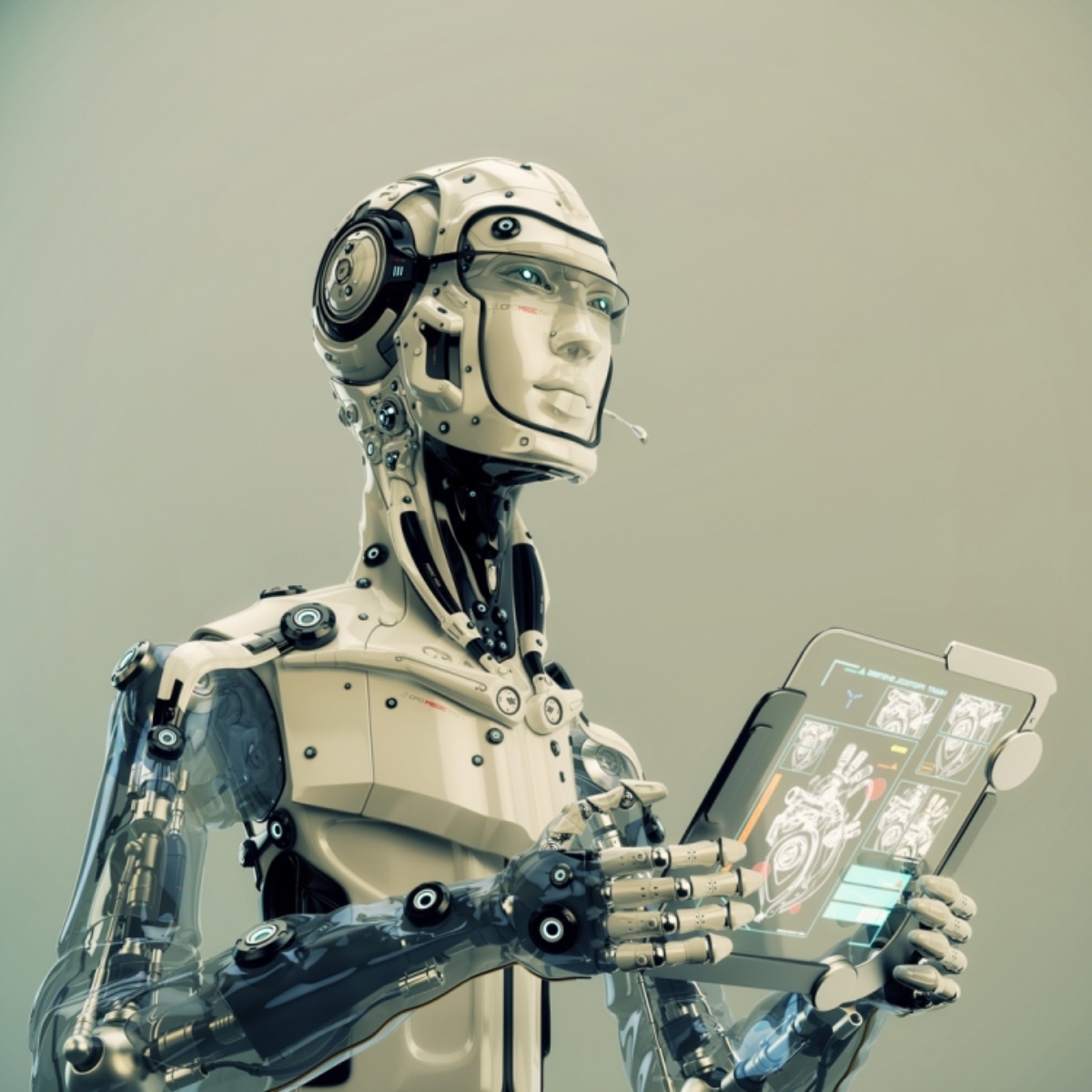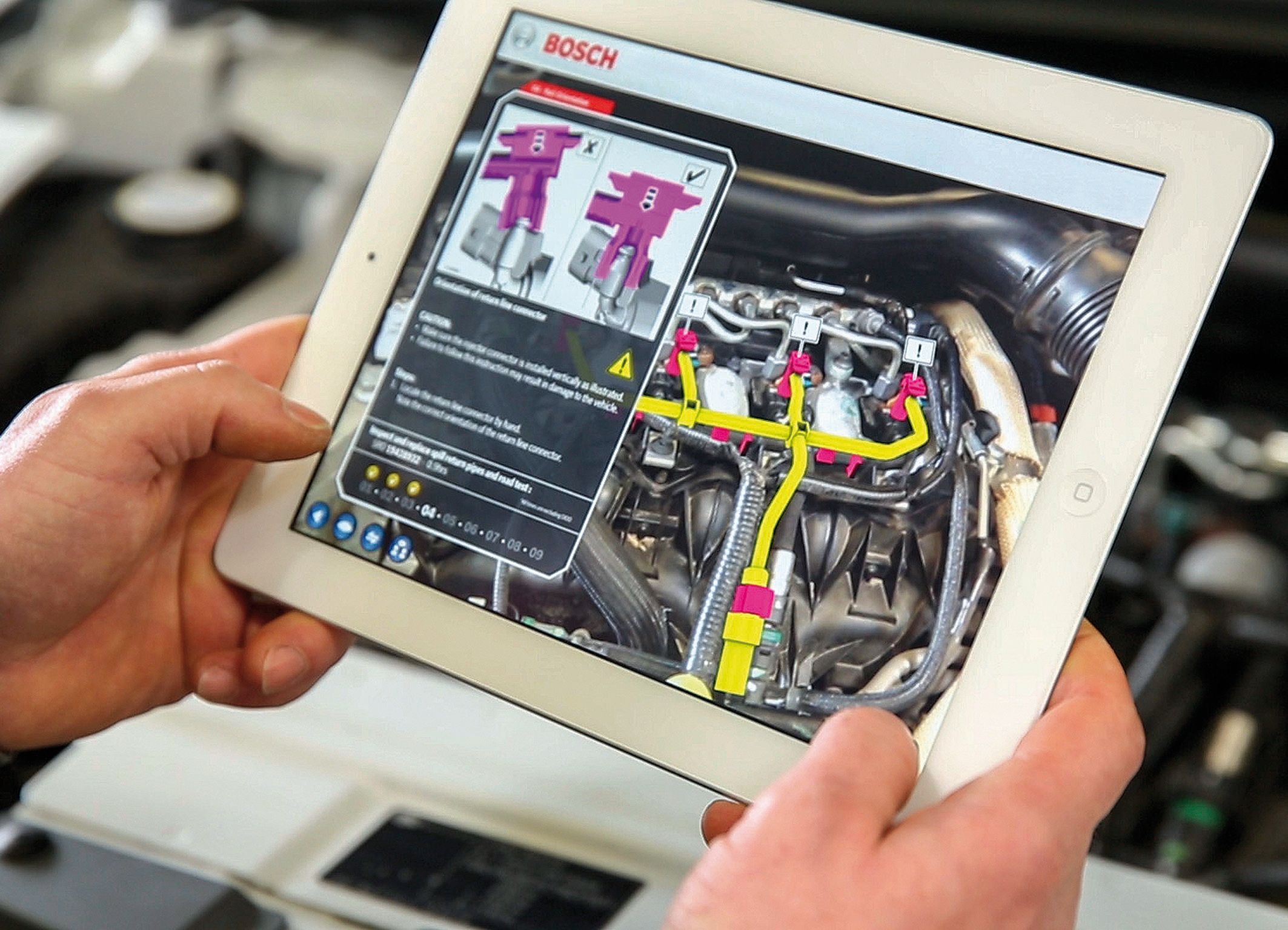Augmented Reality
Various technologies are used in augmented reality rendering, including optical projection systems, monitors, handheld devices, and display systems, which are worn on the human body. A head-mounted display (HMD) is a display device worn on the forehead, such as a harness or helmet-mounted. How and where do you find individuals with such an array of both knowledge and skills? You partner with Alphanumeric Group Inc. and let us use our four decades of search experience to identify, locate, recruit and assist in the hiring of this rare individual.
Augmented reality (AR) is an interactive experience of a real-world environment where the objects that reside in the real world are enhanced by computer-generated perceptual information, sometimes across multiple sensory modalities, including visual, auditory, haptic, somatosensory and olfactory.
The number of brands that have adopted augmented reality projects is endless. AR blends physical and digital worlds to create an experience within the tiny space of a few-inch widescreen. That makes it a thing of fascination for businesses all around the world who are vying to win customer attention.
How AR applications detect objects
A handful of other subset technologies make AR work. Primary among them are two types of technologies that detect objects: trigger-based and view-based. Both trigger-based and view-based augmentations have several subsets.
Trigger-based augmentation
There are triggers that activate the augmentation by detecting AR markers, symbols, icons, GPS locations, and so on. When the AR device is pointed at the AR marker, the AR app processes the 3D image and projects it on the user device. Trigger-based AR can work with the help of:
Marker-based augmentation
Location-based augmentation
Dynamic augmentation
Marker-based augmentation
Marker-based augmentation works by scanning and recognizing AR markers. AR markers are paper-printer markers in the form of specific designs. They look more or less like bar codes and enable the AR app to create digitally enhanced 360-degree images on the AR device.
Location-based augmentation
In this method of augmentation, the AR app picks up the real-time location of the device and combines it with dynamic information fetched from cloud servers or from the app’s backend. Most maps and navigation that have AR facilities, or vehicle parking assistants work based on location-based augmentation.
Dynamic augmentation
Dynamic augmentation is the most responsive form of augmented reality. It leverages motion tracking sensors in the AR device to detect images from the real-world and super-imposes them with digital media.
View-based augmentation
They are dynamic surfaces (like buildings, desktop surfaces, natural surroundings, etc.) which are detected by the AR app. The app connects the dynamic view to its backend to match reference points and projects related information on the screen. View-based augmentation works with the help of:
- Superimposition-based
- Generic digital augmentation
Superimposition-based augmentation
Superimposition-based augmentation works by detecting static objects that are already fed into the AR application’s database. The app uses optical sensors to detect the object and relays digital information above them.
Generic digital augmentation
Generic digital augmentation is what gives developers and artists the liberty to create anything that they wish the immersive experience of AR. It allows rendering of 3D objects that can be imposed on actual spaces.
Visit Us
5201 Great America Parkway, Suite 320, Santa Clara, California, 95054



